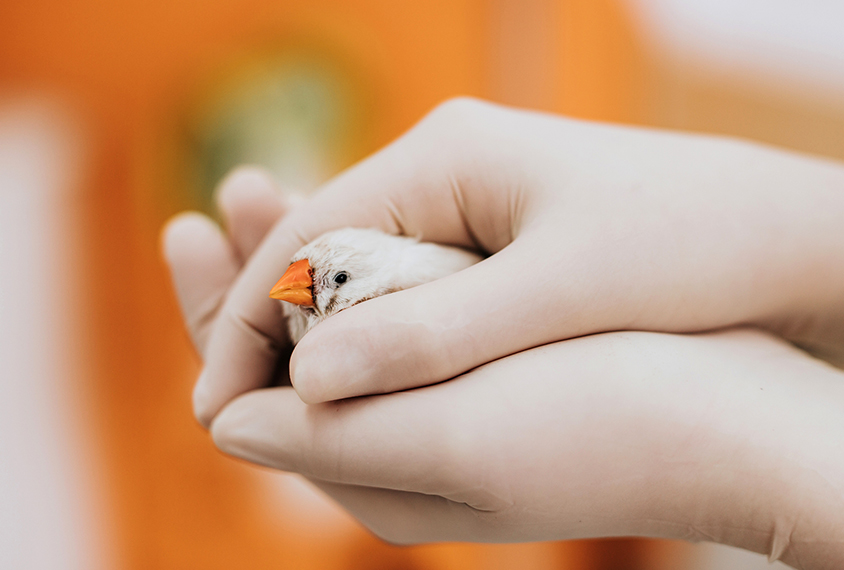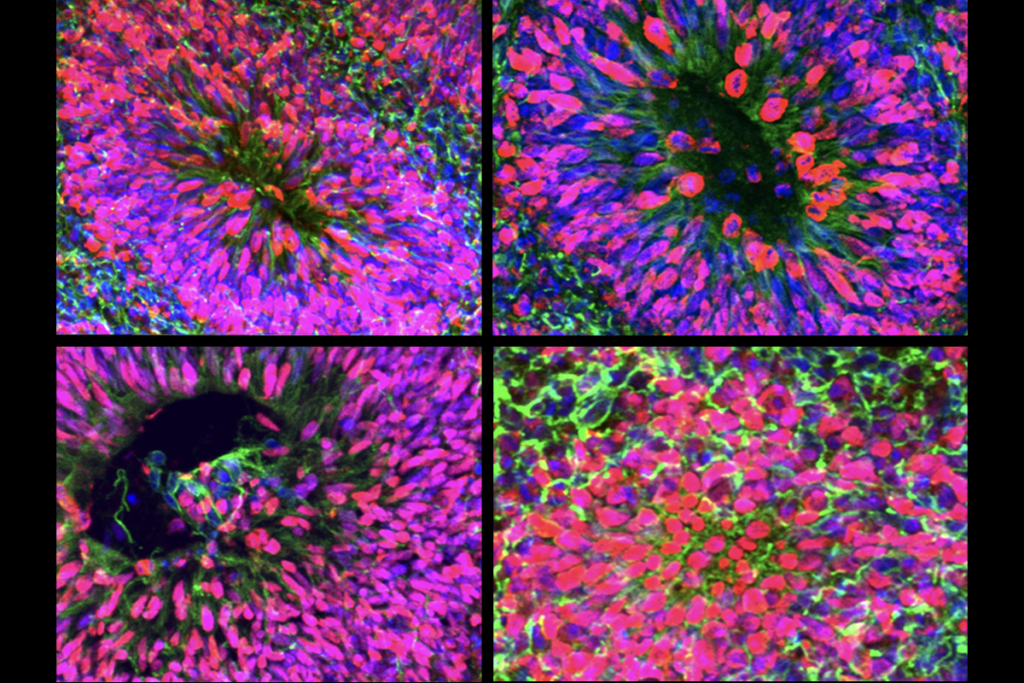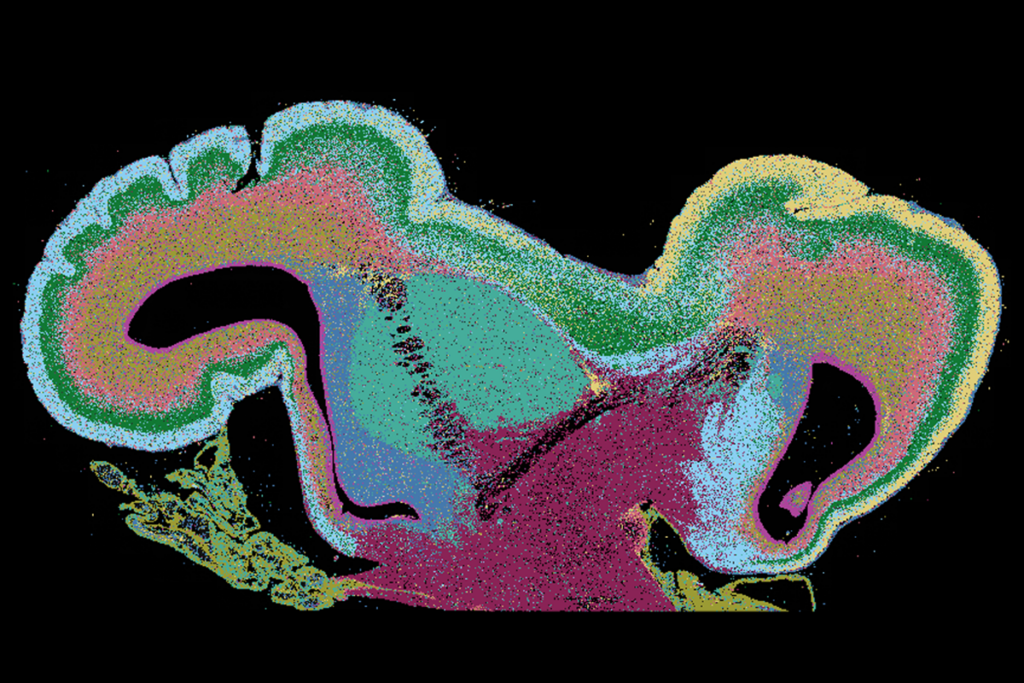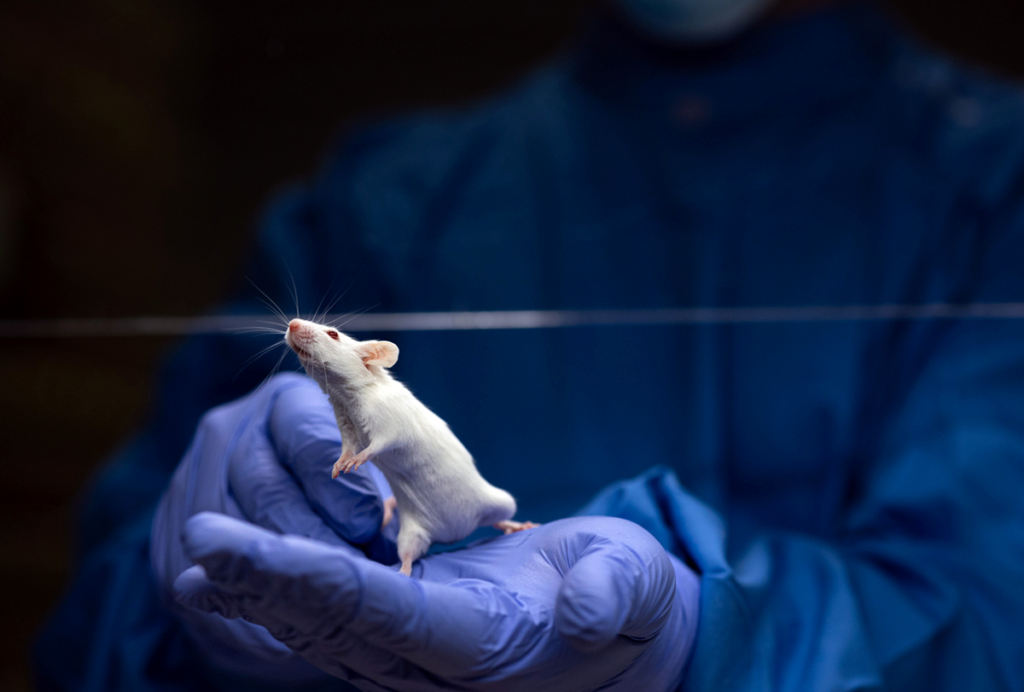Over the past century, scientists have used a variety of animal models to advance their understanding of the developing brain and autism. Here’s a chronology of some of the landmark discoveries involving uncommon autism models.

Fish, frogs, flies and other fauna in scientific firsts
Over the past century, scientists have used a variety of animal models to advance their understanding of the developing brain and autism.
Notch up:
Biologist Thomas Hunt Morgan identifies a fruit fly gene called NOTCH that affects wing maturation and is part of a pathway later linked to nervous system development in people.
Heart to heart:
Austrian scientist Otto Loewi observes parallel activity in two frog hearts suspended in saline, theorizing that a chemical messenger he dubs ‘vagusstoff’ traveled through the solution — the first identified neurotransmitter.
Pluripotent possibilities:
English zoologist John Gurdon replaces the nucleus of a frog egg with a nucleus from an intestinal cell. The resulting embryo successfully develops into a tadpole, demonstrating that mature cells contain all the information needed to create any cell type and kicking off research in induced pluripotent stem cells.
Fly time:
Biologist Seymour Benzer and a colleague demonstrate that mutations in a fruit fly gene dubbed PER disrupt the fly’s circadian rhythm, launching Drosophila melanogaster as a model for the study of how genes control behavior.
Worm wiring:
Scientists publish the complete wiring diagram of the Caenorhabditis elegans nervous system, paving the way for the extensive use of roundworms in studies of nervous system development.
Elegans experiment:
Studies show that C. elegans is capable of habituation, a simple form of learning that may be disrupted in autism.
Mouse milestone:
Researchers debut a single-gene mouse model of autism: mice with a mutation in the gene NLGN3.
Inching forward:
Scientists create one of the first invertebrate models of autism: a strain of C. elegans with a faulty version of the roundworm’s neuroligin gene NLG1.
Fish tale:
A zebrafish study shows that multiple genes in the 16p11.2 chromosomal region, which may be deleted or duplicated in autism, play roles in brain development.
Social space:
Researchers report that fruit flies in an enclosure tend to keep a reliable amount of space between them, an observation that can be used to investigate how mutations in autism-linked genes affect social behavior.
Eight is enough:
The complete genome sequence of the California two-spot octopus (Octopus bimaculoides) is published, revealing striking similarities to people in genes involved in nervous system development and function.
Sedated swimmers:
Zebrafish larvae lacking the autism-linked gene CNTNAP2 are hyperactive at night, but adding estrogen-like compounds to their tank calms the fish — demonstrating a use for the animals in screening potential autism treatments.
Two to tango:
A study of gene expression in the developing fly eye reveals the importance of interactions between genes in the 16p11.2 region during neurodevelopment.
Social circuits:
Researchers identify neurons in the forebrain of zebrafish that support their social interactions, suggesting that zebrafish can be used to probe social brain circuitry.
Picking priorities:
An analysis of 20 autism-linked mutations in roundworms flags 10 autism candidate genes as worthy of further study, because of their impact on the worm.
Gut feeling:
Scientists find that food moves through the gut slowly in zebrafish larvae with SHANK3 mutations, providing a clue to the roots of digestive problems associated with autism.
Habit forming:
The behavior of fruit flies with mutations in autism-linked genes suggests that dozens of these mutations lead to impairments in habituation.
Stranger danger:
Like their mouse counterparts, zebrafish lacking the autism-linked gene RELN show little interest in socializing with unfamiliar fish, supporting use of the fish as a model for social difficulties in autism.
Roundworm rodeo:
A study of more than 27,000 roundworms with mutations in the worm versions of 98 autism-linked genes hints at the function of these genes; many of them affect habituation.
Sound check:
Zebrafish larvae lacking FMR1, the gene altered in fragile X syndrome, are hypersensitive to sound, suggesting that zebrafish can be used to study sensory processing differences in autism.
Show stopper:
Reducing the expression of the autism-linked gene FOXP1 in a particular brain region in songbirds impairs the birds’ ability to memorize songs they hear from their fathers, suggesting a specific role for this gene in language learning.
Fly by night:
Fruit flies lacking a gene akin to the autism-linked genes CHD7 and CHD8 have fragmented sleep, a problem researchers corrected using an adapted form of ‘sleep restriction,’ an insomnia treatment.
Recommended reading

New organoid atlas unveils four neurodevelopmental signatures

Glutamate receptors, mRNA transcripts and SYNGAP1; and more

Among brain changes studied in autism, spotlight shifts to subcortex
Explore more from The Transmitter

Not playing around: Why neuroscience needs toy models
